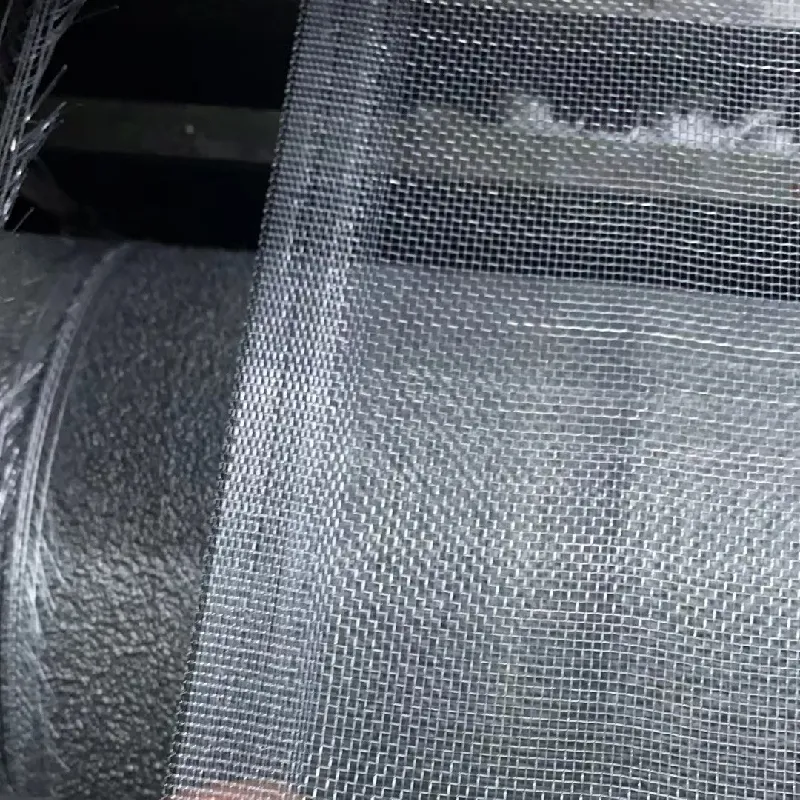-
 Afrikaans
Afrikaans -
 Albanian
Albanian -
 Amharic
Amharic -
 Arabic
Arabic -
 Armenian
Armenian -
 Azerbaijani
Azerbaijani -
 Basque
Basque -
 Belarusian
Belarusian -
 Bengali
Bengali -
 Bosnian
Bosnian -
 Bulgarian
Bulgarian -
 Catalan
Catalan -
 Cebuano
Cebuano -
 China
China -
 Corsican
Corsican -
 Croatian
Croatian -
 Czech
Czech -
 Danish
Danish -
 Dutch
Dutch -
 English
English -
 Esperanto
Esperanto -
 Estonian
Estonian -
 Finnish
Finnish -
 French
French -
 Frisian
Frisian -
 Galician
Galician -
 Georgian
Georgian -
 German
German -
 Greek
Greek -
 Gujarati
Gujarati -
 Haitian Creole
Haitian Creole -
 hausa
hausa -
 hawaiian
hawaiian -
 Hebrew
Hebrew -
 Hindi
Hindi -
 Miao
Miao -
 Hungarian
Hungarian -
 Icelandic
Icelandic -
 igbo
igbo -
 Indonesian
Indonesian -
 irish
irish -
 Italian
Italian -
 Japanese
Japanese -
 Javanese
Javanese -
 Kannada
Kannada -
 kazakh
kazakh -
 Khmer
Khmer -
 Rwandese
Rwandese -
 Korean
Korean -
 Kurdish
Kurdish -
 Kyrgyz
Kyrgyz -
 Lao
Lao -
 Latin
Latin -
 Latvian
Latvian -
 Lithuanian
Lithuanian -
 Luxembourgish
Luxembourgish -
 Macedonian
Macedonian -
 Malgashi
Malgashi -
 Malay
Malay -
 Malayalam
Malayalam -
 Maltese
Maltese -
 Maori
Maori -
 Marathi
Marathi -
 Mongolian
Mongolian -
 Myanmar
Myanmar -
 Nepali
Nepali -
 Norwegian
Norwegian -
 Norwegian
Norwegian -
 Occitan
Occitan -
 Pashto
Pashto -
 Persian
Persian -
 Polish
Polish -
 Portuguese
Portuguese -
 Punjabi
Punjabi -
 Romanian
Romanian -
 Russian
Russian -
 Samoan
Samoan -
 Scottish Gaelic
Scottish Gaelic -
 Serbian
Serbian -
 Sesotho
Sesotho -
 Shona
Shona -
 Sindhi
Sindhi -
 Sinhala
Sinhala -
 Slovak
Slovak -
 Slovenian
Slovenian -
 Somali
Somali -
 Spanish
Spanish -
 Sundanese
Sundanese -
 Swahili
Swahili -
 Swedish
Swedish -
 Tagalog
Tagalog -
 Tajik
Tajik -
 Tamil
Tamil -
 Tatar
Tatar -
 Telugu
Telugu -
 Thai
Thai -
 Turkish
Turkish -
 Turkmen
Turkmen -
 Ukrainian
Ukrainian -
 Urdu
Urdu -
 Uighur
Uighur -
 Uzbek
Uzbek -
 Vietnamese
Vietnamese -
 Welsh
Welsh -
 Bantu
Bantu -
 Yiddish
Yiddish -
 Yoruba
Yoruba -
 Zulu
Zulu
steel cable mesh
The Versatility of Steel Cable Mesh
Steel cable mesh, a remarkable engineering innovation, represents a blend of strength, flexibility, and aesthetic appeal. Commonly used in various industries—from construction to transportation—the basic concept of steel cable mesh involves interconnected steel cables that form a grid-like structure. This article explores the various applications, benefits, and future prospects of steel cable mesh.
Applications of Steel Cable Mesh
Steel cable mesh is primarily recognized for its versatility in construction and architecture. It is widely utilized for safety barriers, retaining walls, and even facades. In bridges and roadways, steel cable mesh provides crucial support by enhancing stability and load-bearing capacity. Its application extends to industrial settings, where it is employed in scaffolding systems, offering a lightweight yet sturdy platform for construction workers.
One remarkable use of steel cable mesh is in the realm of sports and recreational facilities. Climbing walls, sports nets, and even outdoor gym equipment utilize this resilient material, ensuring safety while allowing for dynamic usage. Beyond functional applications, architects have begun to appreciate steel cable mesh for its aesthetic qualities in modern design, integrating it into structures that call for both form and function.
Benefits of Steel Cable Mesh
The benefits of steel cable mesh are numerous, most notably its strength-to-weight ratio
. Unlike traditional solid metal structures, steel cable mesh is significantly lighter, which reduces the overall load on foundations and supports. This feature not only facilitates easier transportation and installation but also minimizes the amount of material needed, leading to cost savings.Another advantage is its durability. Steel is resistant to various environmental factors, including corrosion and wear. When treated with protective coatings, steel cable mesh can last for decades, making it an attractive option for long-term projects. This durability also translates to lower maintenance costs, allowing for significant savings over the lifespan of the installation.
steel cable mesh

In terms of adaptability, steel cable mesh can be customized to fit a multitude of design requirements. It can be manufactured in various sizes and shapes, allowing engineers and architects to craft solutions that meet specific project needs. This adaptability extends to installation, where the mesh can be easily cut or shaped on-site, providing flexibility in design implementation.
Future Prospects
As urbanization continues to rise, the demand for innovative building materials is expected to grow. Steel cable mesh presents a sustainable option that aligns with modern architectural practices aimed at minimizing resource consumption and maximizing structural integrity.
Researchers are also exploring the integration of smart technologies into steel cable mesh systems. By embedding sensors within the mesh, structures could monitor their own health and safety in real-time. This advancement could lead to significant improvements in infrastructure management and safety protocols.
Moreover, with an increasing focus on environmentally friendly construction practices, steel cable mesh is well-positioned to contribute to green building initiatives. Its lightweight nature reduces the carbon footprint during transportation, while recycling possibilities mean that the material can be repurposed at the end of its lifecycle.
Conclusion
Steel cable mesh stands as a testament to the evolution of modern construction materials. Its impressive strength, versatility, and aesthetic appeal make it an invaluable asset across multiple industries. As technology advances and environmental considerations become increasingly important, steel cable mesh is poised to play a pivotal role in the future of construction and architecture, promoting safety, sustainability, and aesthetic innovation for generations to come.
-
Shipping Plastic Bags for Every NeedNewsJul.24,2025
-
Safety Netting: Your Shield in ConstructionNewsJul.24,2025
-
Plastic Mesh Netting for Everyday UseNewsJul.24,2025
-
Nylon Netting for Every UseNewsJul.24,2025
-
Mesh Breeder Box for Fish TanksNewsJul.24,2025
-
Expanded Steel Mesh Offers Durable VersatilityNewsJul.24,2025











